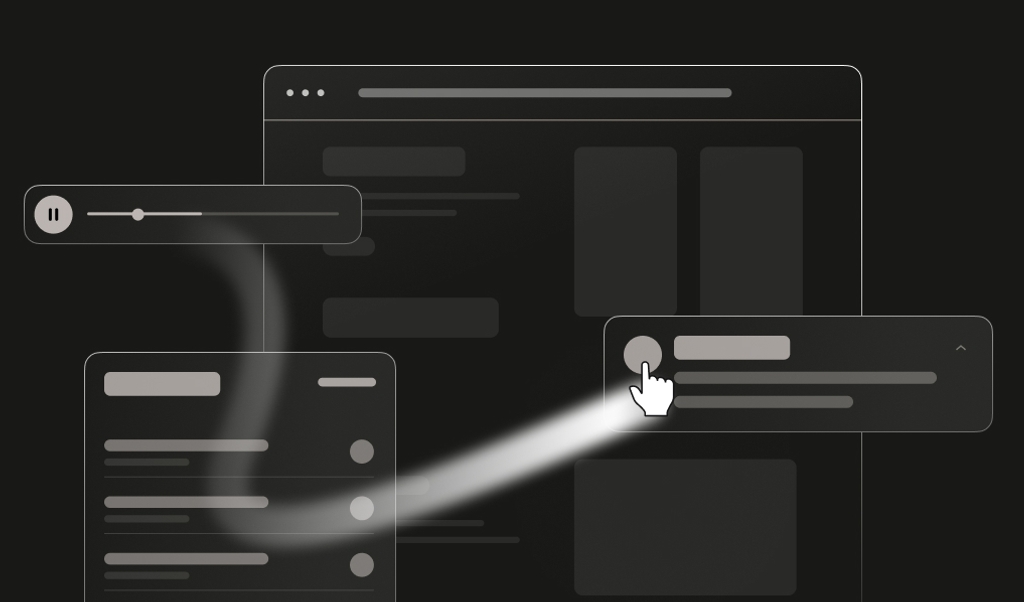
Summarize this article with
Free trials are a common growth lever for companies in many industries, including streaming, SaaS, and gaming. They’re a great way to let users sample your service or plan before becoming paying customers. But they also attract fraudsters, who see a golden opportunity to get long-term access without ever paying for it.
This article outlines what free trial abuse is, how it impacts your business, and how you can prevent it without disrupting the user experience for legitimate prospects and customers.
What is free trial abuse?
Free trial abuse is a form of fraud where individuals or botnets exploit a free trial system to access resources or services without ever intending to become a paying customer.
This type of fraud can take many forms, from sophisticated fraudsters generating high numbers of fake accounts using bots, to ordinary individuals signing up every month using a different email. Free trial abuse also includes sharing a single free trial account, e.g., for a streaming service, among more people than intended.
The impact of free trial abuse on CAC, analytics & fraud risk
First and foremost, free trial abuse impacts revenue — people who might otherwise have paid are using your product for free. But there are other negative effects, too.
Inflated customer acquisition costs (CAC): CAC is the total cost of acquiring a paying customer, and typically includes marketing, sales, onboarding and support, and infrastructure. Free trial abuse leads to higher CAC because companies spend to attract both real users and ones with no intention of ever converting. Abusive trial accounts can also consume significant bandwidth, storage, and support resources.
Skewed analytics: Free trial abuse injects fake or low-intent users into your funnel, distorting the data you rely on to make product, sales, and marketing decisions. Teams may decide to allocate budget to channels that appear to drive growth, but are really just bringing in lots of fake trials. They may prioritize products and features based on engagement data that’s not reflective of genuine user behavior.
Elevated fraud risk: The same bad actors who use disposable emails, fake identities, or bots to exploit free trials are likely to be involved in other malicious activities. Once inside your system, experienced fraudsters can do a lot of damage. They may use fake accounts to scrape company or customer data, take over legitimate user accounts, or test stolen credit card credentials.
Signs your users are abusing your free trial
Here are some signs to check for that indicate free trial abuse may be happening on your site.
- Suspicious sign-up details: Bad actors will often use fake details in signup forms (like “asdfasdf” names) or disposable email domains.
- Repeated sign-ups from the same IP address: If it’s a new email address coming from the same IP, that indicates it’s the same user trying to get another free trial. Note, however, that more sophisticated fraudsters will spoof or conceal their IP to get around this check.
- Multiple devices or IP addresses accessing one free trial: When users are sharing a free trial, you will see different IP addresses or devices accessing the account.
- Red flags in geo or network data: You may see many accounts from the same VPN exit node or proxy service or a high number of signups from regions known for fraud or bot abuse.
- Bot-like behavior: Unusual activity spikes, automated patterns like a request every 5 seconds, and rate limits being exceeded all indicate a bot may be trying to sign up for fake accounts.
- Little engagement with onboarding: Users exploiting a free trial will typically skip setup and onboarding steps and avoid filling out profile information.
How device intelligence prevents free trial abuse
Many techniques for free trial abuse prevention have the side effect of adding friction for legitimate users, such as additional verification via multi-factor authentication, solving reCAPTCHA challenges, or requiring a credit card to sign up. It’s unfortunate because the point of free trials is to increase conversions — and any friction leads to drop offs.
Device intelligence is an alternative that operates silently in the background. A comprehensive device intelligence platform like Fingerprint analyzes 100+ device, browser, and network signals to create a unique visitor ID for each device that is persistent even if the browser cookies or IP address change.
This means you can quickly spot the same device signing up for a new free trial account, so you can block it immediately, without introducing any roadblocks for legitimate users.
Why free trial abuse detection at onboarding is critical
Free trial abuse starts wasting time, money, and resources the minute a dishonest user opens an account. That’s why detecting fraudsters at signup is crucial for reducing fraud risk, preserving the integrity of your analytics, and mitigating the amount of resources you spend on phony users.
The best way to prevent fraudsters from impacting your bottom line is to prevent them from signing up in the first place. Contact us to learn how Fingerprint can help you prevent free trial abuse.
Ready to solve your biggest fraud challenges?
Install our JS agent on your website to uniquely identify the browsers that visit it.



